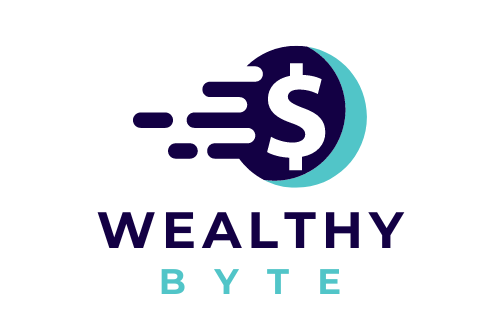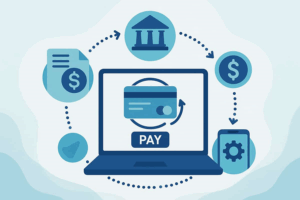
Are unpredictable costs and price haggling eating away at your small business profits? You’re not alone. Many entrepreneurs struggle with fluctuating expenses and customer pushback on pricing.
Picture a pricing model that eliminates guesswork, increases customer trust, and maximizes your revenue – all while simplifying your sales process.
Flat rate pricing does exactly that. But how does it work? Read on to find out more.
What is Flat Rate Pricing?
Flat rate pricing is exactly what it sounds like: a set price for a specific service, regardless of how long it takes to complete. So, instead of charging by the hour or depending on what’s involved in a job, customers know exactly what they’ll pay upfront.
Increased Efficiency and Profitability
For service businesses, especially in industries like HVAC, flat rate pricing often makes things more efficient. With a clear price set for each service, your technicians can get the job done rather than worrying about time tracking and managing hourly rates. You’ll benefit from:
- Quicker job completion
- More jobs per day
- Higher profitability
Options like hvac flat rate pricing tend to level the playing field for your team. All technicians, regardless of their skill level or experience, will charge the same amount for the same service.
By keeping things standardized, you can optimize business performance and ensure that you’re maximizing profitability without getting caught up in the time-wasting logistics of hourly rates.
Simplified Budgeting and Predictability
For small businesses, where every dollar matters, having a predictable revenue stream is crucial for both short-term operations and long-term growth.
Knowing exactly how much each job will generate allows for more accurate financial forecasting, making it easier to:
- Put their resources in the right place
- Manage expenses
- Plan for future investments
Unlike hourly pricing, where job duration can be unpredictable, and earnings may fluctuate, flat rate pricing ensures consistency. It eliminates the uncertainty of unexpected labor costs, helping businesses avoid revenue shortfalls due to extended job times.
Businesses can operate with greater confidence, knowing their income remains steady no matter the difficulty of specific jobs.
Improved Customer Trust and Satisfaction
By offering flat rate pricing, you’re helping yourself build a trustworthy brand. Customers know exactly what they’ll be paying, so they’ll think of you as fair and reliable.
Flat rate pricing can also help reduce disputes with customers over the cost of a job. Since the price is agreed upon before the service is rendered, there’s no room for miscommunication or surprise charges. It creates a smoother, more professional interaction that customers will remember – and that will bring them back for future services.
Integration with Technology: Efficiency at Its Best
One of the biggest advantages of flat rate pricing is how seamlessly it works with modern service management tools.
These tools help businesses streamline operations by handling everything from scheduling and dispatching to invoicing and payments. When combined with a pricing system that automatically updates flat rates for various services, businesses can ensure they are always offering accurate and competitive pricing.
Proper integration not only saves time but also cuts down on human error, helping operations run more smoothly. With a dynamic pricing system, rates can be adjusted based on factors like:
- Job type
- Location
- Market conditions
So small businesses like yours can stay competitive and profitable at the same time.
Flat Rate Pricing: Try it Out Today
At the end of the day, flat rate pricing can be a major improvement for small businesses.
If you’re in the HVAC industry or any other service-based business, consider making the shift to flat rate pricing. You might find that it’s the solution you’ve been looking for to make your operations more efficient and profitable while keeping your customers happy.

















